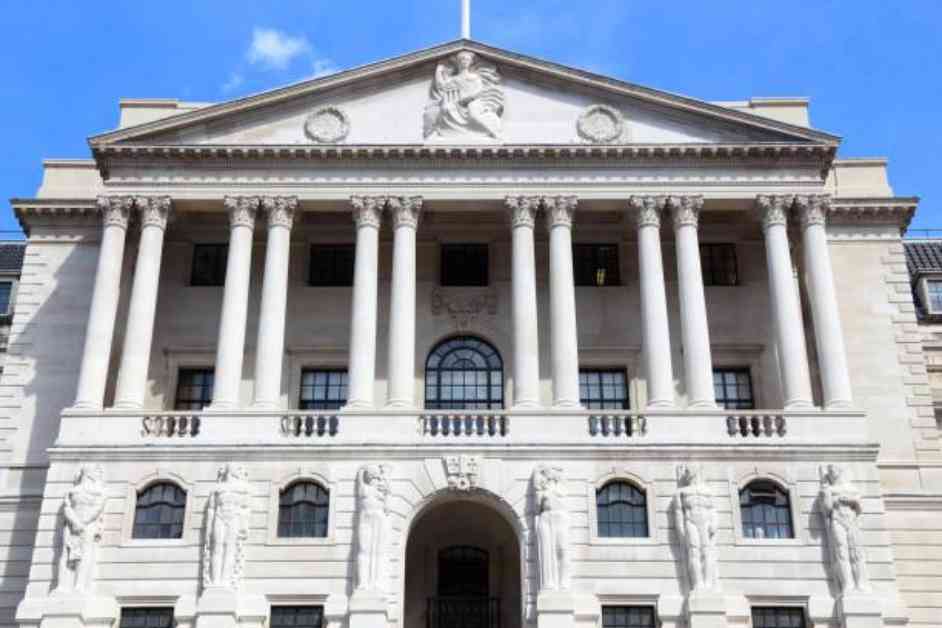The Bank of England (BoE) recently announced a 25 bps policy rate cut to 5.00%, aligning with other G10 central banks that have eased monetary policy. The decision was made with a split 5-4 vote among policymakers, reflecting a cautious approach to rate cuts at each meeting.
The BoE’s updated economic projections anticipate stronger GDP growth of 1.2% in 2024 and a rebound in headline CPI inflation to 2.7% by the end of this year. Despite this, market-implied interest rates suggest that inflation may fall below the 2% target over the medium term.
The central bank’s decision to lower interest rates was supported by expectations of weaker pay and price-setting dynamics, leading to a margin of slack in the economy. However, the BoE remains vigilant about inflationary pressures from second-round effects and the need for continued policy restrictiveness.
Governor Bailey emphasized a data-dependent approach to monetary policy, indicating that the BoE will assess the appropriate degree of policy restrictiveness at each meeting. The bank’s economic forecasts anticipate a gradual decline in the policy rate to 3.5% by 2025, with GDP growth projections revised upwards for the near term.
Overall, the BoE’s cautious guidance and economic outlook suggest a measured approach to monetary easing, with only one more expected rate cut of 25 bps at the November monetary policy announcement. As inflation recedes next year, a faster pace of easing is forecasted for 2025, with a cumulative 125 bps of rate cuts expected to bring the policy rate to 3.50% by the end of that year.
Wells Fargo Securities highlights the importance of these developments in the global economy and the potential impact on financial markets. As the BoE navigates the challenges of balancing growth and inflation dynamics, investors will closely monitor future policy decisions and their implications for the broader economic landscape.

















